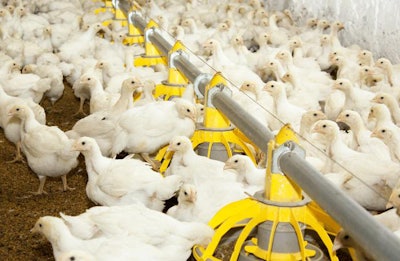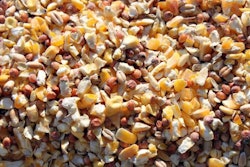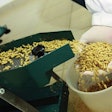
Removing antibiotic agents against bacteria and protozoa from broiler feeds has increased the incidences of gut health problems. Necrotic enteritis, a multi-factorial problem based on the production of toxins by uncontrolled gut populations of Clostridia, has become a perennial headache on most broiler farms. The same can be said for coccidia infections that remain without a preventive agent where ionophores have been banned along with other antibiotics. In such cases, management rather than prevention or therapy remains the only remedy to a problem without a current solution. To this end, nutrition can play a (partial) role, but it must be stressed that nutrition cannot be the only intervention strategy.
Management rather than prevention or therapy remains the only remedy to a problem without a current solution.
A new thinking toward nutritional management of perennial gut health issues is that of supporting the gut epithelium to recover rapidly after the initial onset of these diseases, which are often acute and most damaging to the gut. Toward this goal, it is believed that trophic (growth-promoting) amino acids such as glutamine can be used at elevated concentrations to promote gut cell wall regeneration. Indeed, there is considerable evidence from pig and human studies. Other trophic amino acids include threonine and arginine, the latter being of particular interest to poultry that appear to have a rather elevated need for it — hence the requirement to monitor this amino acid in many feed formulation systems. At any rate, such novel approach to nutritional management of gut health problems requires a re-evaluation of traditional amino acid requirements.
A review on the topic was just published last month, and it is an interesting read; much recommended. This review by Drs. Bortoluzzi, Rochell and Applegate was published at the most respected Poultry Science journal and can be accessed via this link.

















